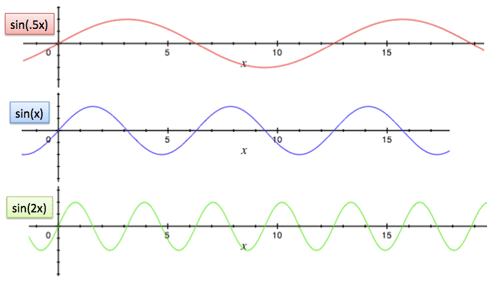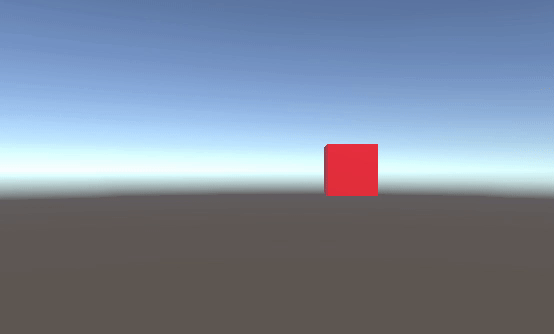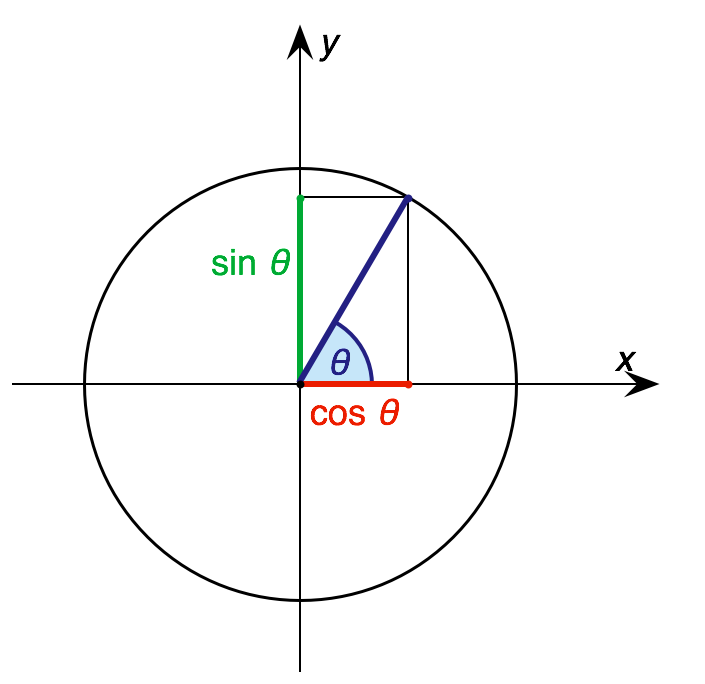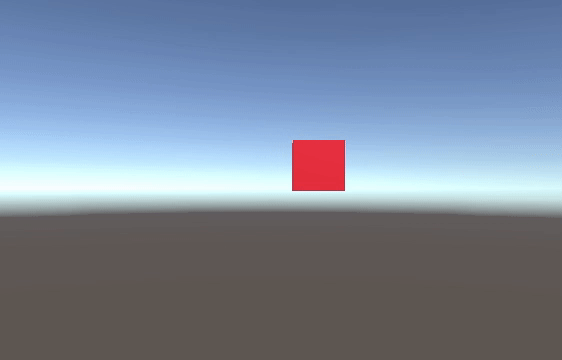Home > Game animation via Sine function
Game animation via Sine function
Math is widely used in game development, and one of my favourite maths is sine wave. Don’t be scared of trigonometric functions because in this article I will only cover one super simple function namely sine. By using sine function, you will be able to create motions as below:
- Circular Motion

Image comes from AT Game Studio
- Ping Pong Motion:

Image comes from l.j-factor.com
You might wonder why can’t we just use a normal animation clip to animate a gameobject? The answer is that by applying sine function, we will be benefit from the flexibility of changing the animation speed and range. And I shall explain later.
Preknowledge
First of all, let’s have a look of the sine wave as the figure below. With time(or x value) increasing, sine wave oscillates between -1 and 1 repetitively. This nice feature will help us to create a variety of animations.

Secondly, the following image shows that by multiplying a constant to x value, we will be able to change the speed of the sine wave cycling.

Image comes from Intuitive Understanding of Sine Waves
Example
The next part of this article is to create an example in Unity and introduce how do we use sine function to achieve animations. Our objective is to create a cube in an empty scene, and let the cube do ping pong and circular movement with the ability to speed up/down the motion and increase/decrease the range of movement.
Formula: As sine function will result in a value between (-1, 1), by multiplying an amplitude value will update the range of the final result.
f(x) = amplitude * Sin(speed * x)
Ping-pong motion: let’s first create a ping-pong movement of the cube in our Unity project. Create a script called MathWave.cs and attach the script on the cube. The following script does 1 thing: which is updating the cube’s x position with sine function.
public class MathWave : MonoBehaviour
{
float elapsedTime = 0f;
public float speed = 1f; // Default speed
public float amplitude = 1f; // Default range
void Update()
{
// Use Sine wave on cube's x position
float x = amplitude * Mathf.Sin(speed * elapsedTime);
// Update x position
transform.position = new Vector3(x,
transform.position.y,
transform.position.z);
// Increase time
elapsedTime += Time.deltaTime;
}
}
If we run the project, you will see our cube is moving from left to right, right to left repeatedly. The reason is that sine wave repeatedly travels from 1 to -1 and -1 to 1.

Circular motion: The coordinates x and y of any points in a unit circle have the relationship as the figure below.

We can represent the coordinates (x, y) as ( cos(v), sin(v) ). Therefore, we can achieve circular motion by updating the x position using Cosine wave and y position using Sine wave.
void Update()
{
float x = amplitude * Mathf.Cos(speed * elapsedTime);
float y = amplitude * Mathf.Sin(speed * elapsedTime);
transform.position = new Vector3(x, y, transform.position.z);
elapsedTime += Time.deltaTime;
}

Lastly, we can change the speed value to speed up/down the motion, and change the amplitude value to increase/decrease the motion path.